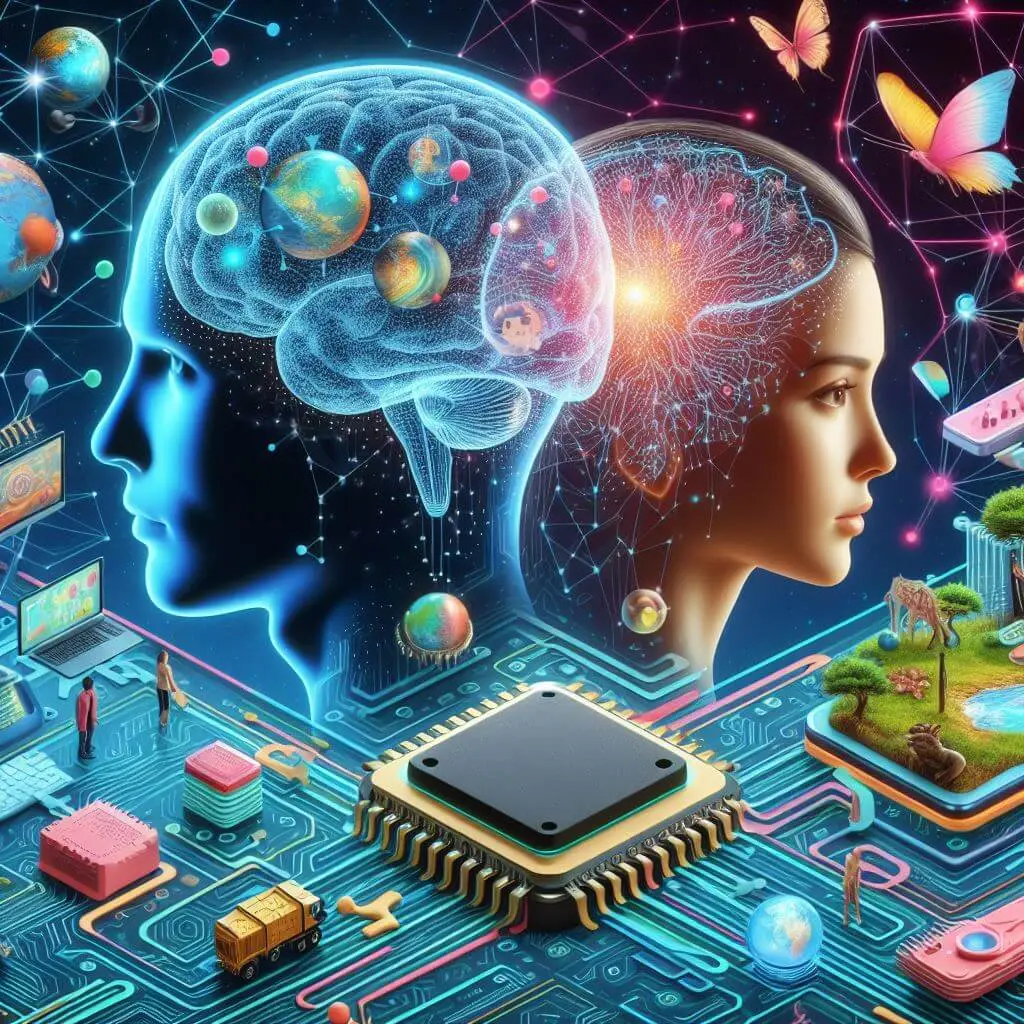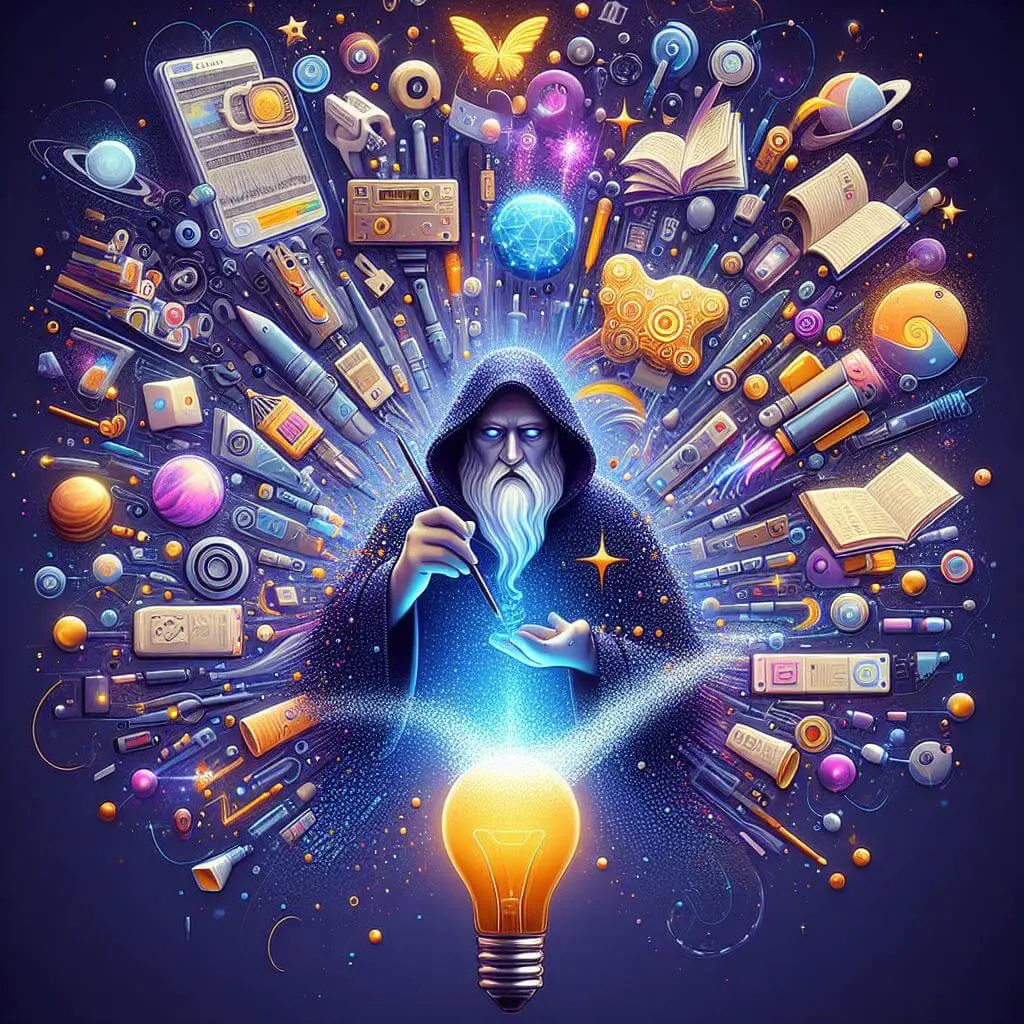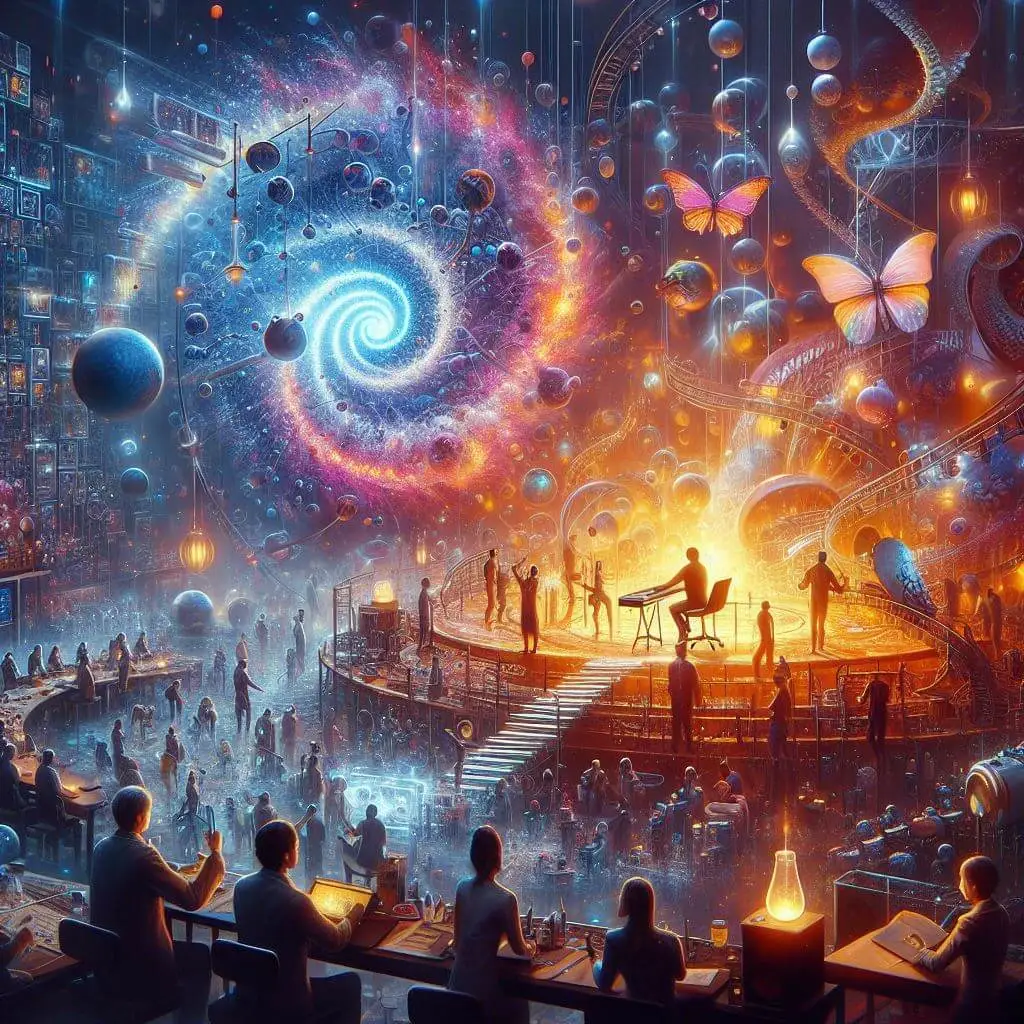
Introduction
Generative AI, refers to a branch of artificial intelligence that focuses on creating new content or data that is original and often the same as human-generated content. It achieves this by learning patterns from existing data and then generating new data based on those patterns.
The importance of AI in modern technology cannot be overstated. It has revolutionized various industries by enabling the creation of realistic images, videos, music, and even text. From entertainment and advertising to healthcare and education, AI has found applications in diverse fields, driving innovation and pushing the boundaries of creativity.
In this blog, we will explore the complexity of AI, including how it works, its advantages and challenges, real-world applications, and its potential impact on society. By the end, readers will have a comprehensive understanding of this fascinating technology and its implications for the future.
Understanding Generative AI

Generative AI operates on learning patterns from existing data and then generating new data that resembles the original dataset. It accomplishes this through complex algorithms that analyze the underlying structure of the data and generate new samples based on that understanding. By repeating this process multiple times, AI models can produce highly realistic and diverse outputs.
There are several types of AI models, each with its own approach to generating new data. One prominent example is Generative Adversarial Networks (GANs), which consist of two neural networks – a generator and a discriminator – that are trained simultaneously. The generator generates new samples, while the discriminator evaluates how closely they resemble real data. Through this adversarial process, GANs can produce incredibly realistic outputs.
Other types of AI models include Variational Autoencoders (VAEs), which learn a probabilistic distribution of the input data and then generate new samples by sampling from that distribution, and autoregressive models, which generate data sequentially based on previous observations.
In the field of art and entertainment, it is used to create realistic images, videos, and music. Generative AI is employed in healthcare for medical imaging, drug discovery, and personalised medicine. Additionally, it is used in natural language processing for generating text, dialogue systems, and content creation. These applications demonstrate the versatility and potential of AI to drive innovation and transform various domains.
Advantages of Generative AI

Generative AI is a game-changer, especially in creative industries like art and entertainment. It’s like a spark that boosts creativity, constantly churning out fresh ideas and innovative content. But its impact goes beyond just being creative. AI is also a wizard when it comes to data. It can create new data and enhance machine learning models by generating synthetic examples, which is super helpful when real data is limited. This ability to create data out of thin air is a game-changer in training computers to learn and make decisions.
Moreover, AI is a master at producing realistic content, whether it’s images or text, indistinguishable from human-made material. This realism is crucial for creating immersive experiences in virtual reality, advertising, and simulation. Imagine stepping into a virtual world that feels just as real as the one outside your window—that’s the magic of Generative AI.
In essence, AI’s blend of creativity, data generation prowess, and realistic content creation is driving innovation across various fields, from entertainment to healthcare. It’s not just a tool; it’s a catalyst for pushing the boundaries of what’s possible in the digital age.
What are the Limitations of generative AI?
Generative AI, while impressive, has some drawbacks. Sometimes, the things it creates aren’t quite right and need human adjustments. It might also pick up biases from its training data, leading to unfair or incorrect results. Creating good content requires a lot of computer power and big datasets.
Sometimes, it struggles to fully understand the details or context, resulting in mistakes. Legal issues can arise regarding ownership of generated content or its authenticity. Additionally, there are concerns about security risks, as individuals may misuse generative AI to create fake content or cause harm. Understanding why it produces certain outputs can be challenging, and it’s vulnerable to attacks that can manipulate its results. Generative AI works best with high-quality data but consumes significant resources to run and train effectively.
How does it work?

Generative AI works by learning patterns from vast amounts of data and then generating new content based on those patterns. Imagine it as a creative mind that studies tons of examples to understand how things are structured or look. Then, when you ask it to create something new, it combines what it’s learned to make something similar but unique. It’s like an artist who looks at many paintings to learn techniques and styles and then uses that knowledge to paint something original. Generative AI can create anything from images and music to text and even entire stories, all based on what it’s learned.
What are the use cases for generative AI?
- Generative AI creates content like text, images, and videos for marketing and creative projects.
- It assists artists with new ideas and designs for artwork.
- In entertainment, it powers recommendation systems and creates virtual environments.
- In medicine, it aids in drug discovery and simulates biological processes.
- Finance benefits from predictive analytics and fraud detection.
- It enhances education with interactive learning materials and personalized tutoring.
- Generative AI simulates real-world scenarios for training and prediction.
- It improves customer service through chatbots and human-like interactions.
- Authors use it for generating plot ideas and characters in creative writing.
- Fashion and retail benefit from design assistance and trend prediction.
Conclusion
Generative AI marks a significant advancement in the realm of artificial intelligence, opening doors to uncharted territories of creativity and innovation. With AI at our disposal, we can craft entire new universes, weave captivating narratives, and explore realms previously beyond our reach. It’s like having a limitless playground where imagination knows no bounds.
However, as we go deeper into the realm of AI, it’s crucial to tread carefully. While the possibilities it presents are awe-inspiring, there are also potential risks and ethical considerations to bear in mind. As with any powerful technology, responsible usage is paramount to ensure that Generative AI serves the greater good and doesn’t inadvertently cause harm.
This means being mindful of how AI is deployed, and considering its implications for privacy, security, and societal well-being. By approaching this technology with caution and responsibility, we can harness its potential to uplift humanity and address pressing challenges, while mitigating any potential downsides. In essence, while AI offers unprecedented opportunities, it’s essential to wield it wisely for the betterment of society as a whole.





